#19th-century literature
Explore tagged Tumblr posts
Text
Unearthing Wonders: A Journey into the Depths of Jules Verne's "A Journey to the Centre of the Earth"
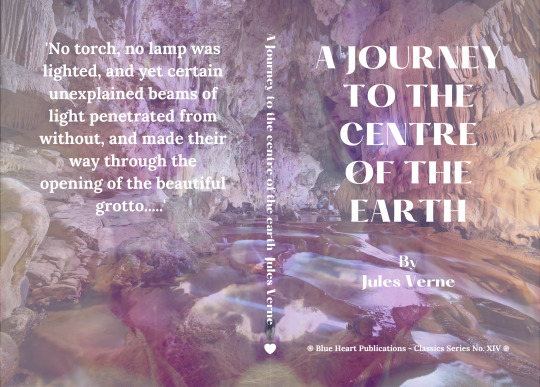
Jules Verne's "A Journey to the Centre of the Earth" is an extraordinary odyssey that transcends the limits of imagination and plunges readers into the heart of an enigmatic subterranean world. Originally published in 1864, this timeless classic continues to captivate audiences with its gripping narrative, scientific curiosity, and the boundless spirit of adventure that permeates every page.
The story begins in Hamburg, Germany, where Professor Otto Lidenbrock discovers an ancient Icelandic manuscript that hints at a passage to the center of the Earth. Fueled by an insatiable thirst for knowledge and adventure, the professor, along with his reluctant nephew Axel and their guide Hans Belker, embarks on a perilous journey beneath the Earth's surface.
Verne's narrative unfolds as a first-person account penned by Axel, offering readers a front-row seat to the awe-inspiring discoveries and challenges encountered during their subterranean expedition. The trio navigates through labyrinthine caves, encounters prehistoric creatures, and witnesses geological marvels, each episode building a sense of wonder and excitement.
One of the novella's strengths lies in Verne's ability to blend scientific knowledge with the art of storytelling. The meticulous attention to geological and physical details reflects Verne's fascination with science and exploration. The vivid descriptions of the underground landscapes, illuminated by the trio's improvised lighting, create a palpable sense of the unknown and evoke a spirit of scientific discovery.
Verne's characters are both endearing and emblematic of the scientific curiosity prevalent in the 19th century. Professor Lidenbrock embodies the relentless pursuit of knowledge, Axel represents the inquisitive but apprehensive observer, and Hans exemplifies the silent determination of the guide. Together, they form a trio that captures the essence of exploration and scientific inquiry.
The novella's enduring appeal lies in its timeless themes—curiosity, exploration, and the indomitable human spirit. Verne invites readers to reflect on the nature of discovery and the insatiable desire to unravel the mysteries of the world. As the characters delve deeper into the Earth, the narrative becomes a metaphorical journey into the uncharted realms of human potential and the boundless possibilities of scientific exploration.
In addition to its narrative prowess, "A Journey to the Centre of the Earth" serves as a precursor to the science fiction genre, influencing generations of writers and filmmakers. Verne's imaginative storytelling laid the groundwork for tales of subterranean adventures and became a benchmark for science fiction's capacity to transport readers to unexplored realms.
In conclusion, Jules Verne's "A Journey to the Centre of the Earth" stands as a testament to the enduring power of storytelling and the insatiable curiosity that drives human exploration. The novella's blend of scientific precision, vibrant characters, and enthralling adventures continues to inspire readers to embark on their own journeys of discovery, inviting them to unearth the wonders hidden beneath the surface of the known world.
Jules Verne's "A Journey to the Centre of the Earth" is available in Amazon in paperback 14.99$ and hardcover 22.99$ editions.
Number of pages: 310
Language: English
Rating: 9/10
Link of the book!
Review By: King's Cat
#Jules Verne#A Journey to the Centre of the Earth#Science fiction#Adventure#Exploration#Subterranean world#Professor Otto Lidenbrock#Axel#Hans Belker#Icelandic manuscript#Geological marvels#Prehistoric creatures#Scientific curiosity#19th-century literature#Exploration literature#Human spirit#Curiosity#Uncharted realms#Science and storytelling#Precursor to science fiction#Subterranean adventures#Geology#Journey narrative#Underground landscapes#Literary classic#Timeless themes#Human potential#Metaphorical exploration#Influence on literature#Exploration of the unknown
3 notes
·
View notes
Text
The 19th-c English novelist Anthony Trollope, who invented the county of Barsetshire for his own novels, also wrote The American Senator (1875). In that novel, the eponymous American Senator is from the state of Mikewa.
And this makes perfect sense. Think about how many American states and territories in the Midwest and West at that time had three syllables and end in the letter a: Iowa, Nebraska, Dakota, Montana, Nevada. Why not just... have another one?
we should set more tv shows in fake US states the way we make up fake european countries for disney channel originals and hallmark movies
63K notes
·
View notes
Text
"Why does this 19th Century novel have such a boring protagonist" well, for a lot of reasons, really, but one of the big ones is that you're possibly getting the protagonist and the narrator mixed up.
A lot of 19th Century literary critics had this weird hate-boner for omniscient narrators – stories would straight up get criticised as "unrealistic" on the grounds that it was unlikely anyone could have witnessed their events in the manner described, like some sort of proto-CinemaSins bullshit – so authors who didn't want to write their stories from the first-person perspective of one of the participating characters would often go to great lengths to contrive for there to be a Dude present to witness and narrate the story's events.
It's important to understand that the Dude is the viewpoint character, but not the protagonist. His function is to witness stuff, and he only directly participates in the narrative to the extent that's necessary to explain to the satisfaction of persnickety critics why he's present and how he got there. Giving him a personality would defeat the purpose!
(Though lowbrow fiction was unlikely to encounter such criticisms, the device of the elaborately justified diegetic narrator was often present there as well, and was sometimes parodied to great effect – for example, by having the story narrated by a very unlikely party, such as a sapient insect, or by a party whose continued presence is justified in increasingly comical ways.)
11K notes
·
View notes
Text
Unearthing Wonders: A Journey into the Depths of Jules Verne's "A Journey to the Centre of the Earth"
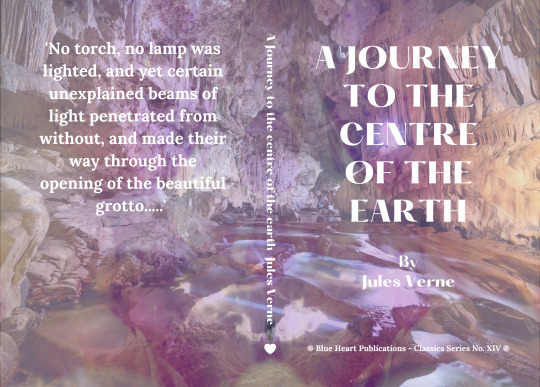
Jules Verne's "A Journey to the Centre of the Earth" is an extraordinary odyssey that transcends the limits of imagination and plunges readers into the heart of an enigmatic subterranean world. Originally published in 1864, this timeless classic continues to captivate audiences with its gripping narrative, scientific curiosity, and the boundless spirit of adventure that permeates every page.
The story begins in Hamburg, Germany, where Professor Otto Lidenbrock discovers an ancient Icelandic manuscript that hints at a passage to the center of the Earth. Fueled by an insatiable thirst for knowledge and adventure, the professor, along with his reluctant nephew Axel and their guide Hans Belker, embarks on a perilous journey beneath the Earth's surface.
Verne's narrative unfolds as a first-person account penned by Axel, offering readers a front-row seat to the awe-inspiring discoveries and challenges encountered during their subterranean expedition. The trio navigates through labyrinthine caves, encounters prehistoric creatures, and witnesses geological marvels, each episode building a sense of wonder and excitement.
One of the novella's strengths lies in Verne's ability to blend scientific knowledge with the art of storytelling. The meticulous attention to geological and physical details reflects Verne's fascination with science and exploration. The vivid descriptions of the underground landscapes, illuminated by the trio's improvised lighting, create a palpable sense of the unknown and evoke a spirit of scientific discovery.
Verne's characters are both endearing and emblematic of the scientific curiosity prevalent in the 19th century. Professor Lidenbrock embodies the relentless pursuit of knowledge, Axel represents the inquisitive but apprehensive observer, and Hans exemplifies the silent determination of the guide. Together, they form a trio that captures the essence of exploration and scientific inquiry.
The novella's enduring appeal lies in its timeless themes—curiosity, exploration, and the indomitable human spirit. Verne invites readers to reflect on the nature of discovery and the insatiable desire to unravel the mysteries of the world. As the characters delve deeper into the Earth, the narrative becomes a metaphorical journey into the uncharted realms of human potential and the boundless possibilities of scientific exploration.
In addition to its narrative prowess, "A Journey to the Centre of the Earth" serves as a precursor to the science fiction genre, influencing generations of writers and filmmakers. Verne's imaginative storytelling laid the groundwork for tales of subterranean adventures and became a benchmark for science fiction's capacity to transport readers to unexplored realms.
In conclusion, Jules Verne's "A Journey to the Centre of the Earth" stands as a testament to the enduring power of storytelling and the insatiable curiosity that drives human exploration. The novella's blend of scientific precision, vibrant characters, and enthralling adventures continues to inspire readers to embark on their own journeys of discovery, inviting them to unearth the wonders hidden beneath the surface of the known world.
Jules Verne's "A Journey to the Centre of the Earth" is available in Amazon in paperback 14.99$ and hardcover 22.99$ editions.
Number of pages: 310
Language: English
Rating: 9/10
Link of the book!
Review By: King's Cat
#Jules Verne#A Journey to the Centre of the Earth#Science fiction#Adventure#Exploration#Subterranean world#Professor Otto Lidenbrock#Axel#Hans Belker#Icelandic manuscript#Geological marvels#Prehistoric creatures#Scientific curiosity#19th-century literature#Exploration literature#Human spirit#Curiosity#Uncharted realms#Science and storytelling#Precursor to science fiction#Subterranean adventures#Geology#Journey narrative#Underground landscapes#Literary classic#Timeless themes#Human potential#Metaphorical exploration#Influence on literature#Exploration of the unknown
0 notes
Text

The Queen of the Night
1818
Simon Quaglio
#dark academia#light academia#classical#academia aesthetic#escapism#academia#books and libraries#classic literature#books#architecture#art#The Queen of the Night#artist#Simon Quaglio#1800s#19th century#royal core#cottage core#aesthetic#artistic#aesthetics#mood#vibe#tumblr
1K notes
·
View notes
Text
never related to authors being like "childhood is such a blessed innocent time", catch me with that jane eyre shit like "such dread as children only can feel" and "I then sat with my doll on my knee til the fire got low, glancing round occasionally to make sure nothing worse than myself haunted the shadowy room"
20K notes
·
View notes
Text
“Well, if God doesn’t exist, who’s laughing at us?”
Fyodor Dostoyevsky, The Brothers Karamazov.

#fyodor dostoevsky#literature#the brothers karamazov#lit#crime and punishment#words#classics#19th century literature#quote#classic lit#art#spilled ink#gothic literature#dark romanticism#writers#chaotic academia#dark quotes#dark literature#academia#goth#god#writers on tumblr#artists on tumblr#writeblr#writers and poets#dark art#writerscommunity#poetry#dark aesthetic#dark academia
879 notes
·
View notes
Text





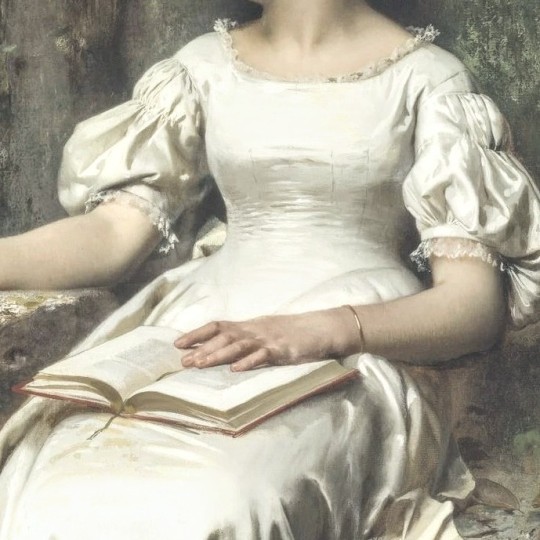



Women & Books in Classical Art
Charles Edward Perugini, Carl Holsøe, Alfred Stevens, Edward Hughes, Alberto Piza, Léon Bazile Perrault, Alfred Stevens, Gabriel Schachinger, George Lawrence Bulleid
#art#paintings#art detail#classical art#painting#women in art#fine arts#books#literature#light academia#19th century art#victorian art#Art#art academia#academia aesthetic#cottagecore#cottagecore art
3K notes
·
View notes
Text
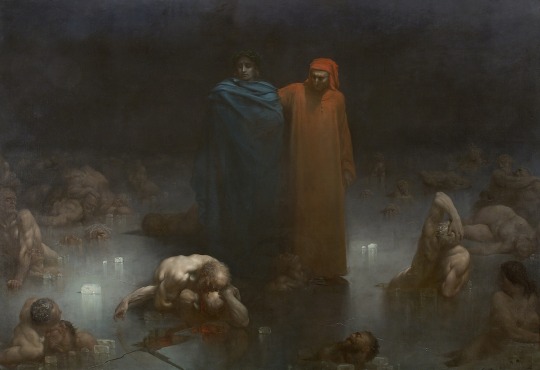
Dante and Virgil in the Ninth Circle of Hell, 1861
Gustave Doré
#Gustave Doré#french art#1860s#19th century#literature#dante alighieri#hell#religious art#divine comedy#oil on canvas
3K notes
·
View notes
Text
You’re in her DMs, I’m screaming her name across the moors and she somehow hears me. We’re not the same.
#jane eyre#ask mr rochester#mr rochester#mr rochester of thornfield#ask blog#charlotte bronte#classic literature#victorian literature#the bronte sisters#gothic romance#dark acadamia aesthetic#books#wuthering heights#literature#literature rp#reading#19th century#emily bronte#victorian era#dark academia
4K notes
·
View notes
Text
manwhore. bisexual. incest. eating disorder. poet. cheater. aristocrat. bipolar. celebrity. single dad of bastards. died in a war.
lord byron, you are my dream.
#the original eboy actually#i want to write a sam levinson production about him#he's perfect#no he's not but i need him still#lord byron#romantic poets#george gordon byron#english literature#english poetry#dark academia#light academia#poets#poetry#19th century#1800s#romantic poetry
267 notes
·
View notes
Text





Illustrations for poem "The Song of The Wise Oleg" by Aleksandr Pushkin (1899)
Viktor Vasnetsov (1848-1926)
#Россия#Russia#Александр Пушкин#Aleksandr Pushkin#русский поэт#russian poet#poet#Песнь о вещем Олеге#The Song of The Wise Oleg#русская поэзия#russian poetry#poetry#русская литература#russian literature#literature#Виктор Васнецов#Viktor Vasnetsov#русский художник#russian artist#artist#русская культура#russian culture#culture#русское искусство#russian art#art#russian#1890s#1899#19th century
293 notes
·
View notes
Text
my dealer: got some straight gas 🔥😛 this strain is called “laudanum-dosed wine at the villa diodati on lake geneva in 1816” 😳 you’ll be zonked out of your gourd 💯
me: yeah whatever i don’t feel shit
5 minutes later: dude i swear i just saw mary shelley and claire clairmont talking about reanimation and vampires with lord byron
my buddy percy pacing: dr. john polidori is plotting against us and my wifes nipples have been replaced by eyeballs
#meme#memes#the geneva squad#geneva squad#percy bysshe shelley#percy shelley#mary shelley#lord byron#claire clairmont#john polidori#the vampyre#frankenstein#gothic 1986#the haunting of villa diodati#dr. who#villa diodati#gothic literature#gothic lit#laudanum#19th century#vampires#goth#funny#english literature#literature#romanticism#the romantics#poetry#dark academia#lit memes
789 notes
·
View notes
Text
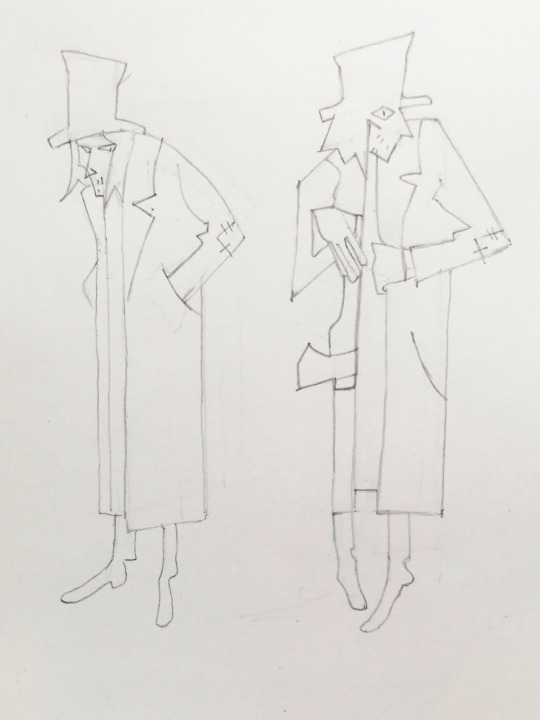
Подозрительный...
#crime and punishment#raskolnikov#rodion romanovich raskolnikov#19th century literature#ruslit#fanart#art#fyodor dostoevsky#new on tumblr
598 notes
·
View notes
Text

Imogen
1888
Herbert Gustave Schmalz (English 🇬🇧, 1856–1935),
#dark academia#light academia#classical#academia aesthetic#escapism#academia#books and libraries#classic literature#books#architecture#art#painting#Imogen#artist#painter#Herbert Gustave Schmalz#English#🇬🇧#1800s#19th century#1888#royal core#cottage core#aesthetic#academic#artistic#art academia#mood#vibe#tumblr
2K notes
·
View notes
Text
TAG YOURSELF AS A MEMBER OF THE GENEVA SQUAD!
Parts of it are very cringe but parts of it - well, still cringe, but worth sharing I think





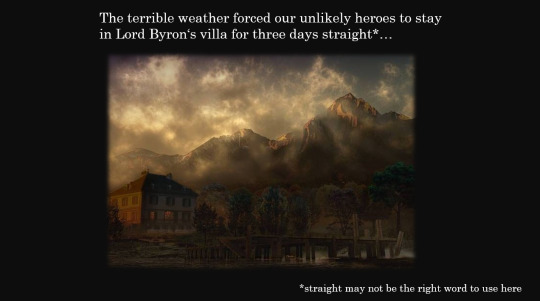
#english lit#english literature#english lit memes#literature memes#1800s#19th century#geneva squad#lord byron#mary shelley#percy bysshe shelley#john polidori#claire clairmont#tag yourself#tag yourself meme#do kids still do those?#Claire is a lot but also like my spirit animal#literature#frankenstein
506 notes
·
View notes